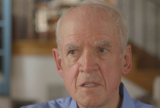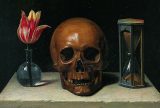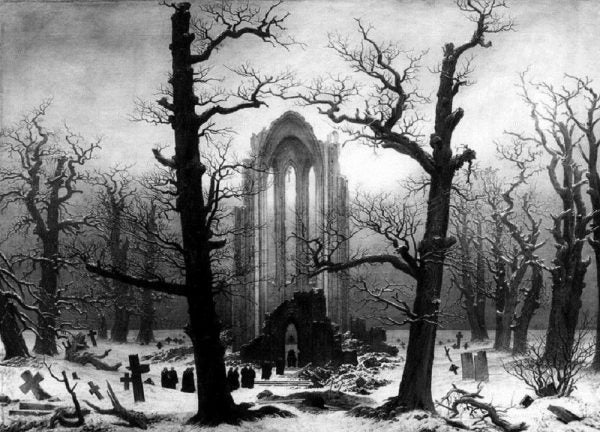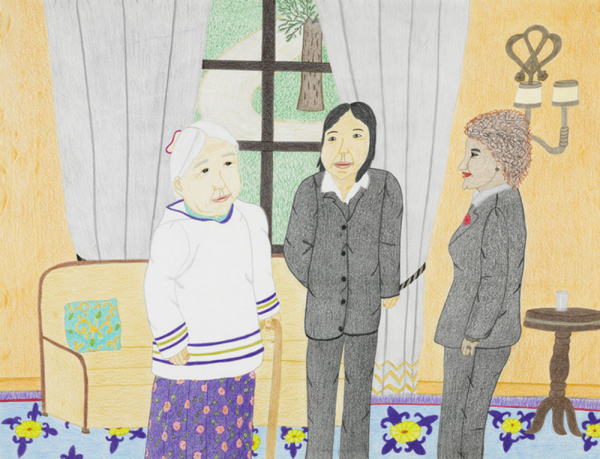VIDEO: How to Struggle With Big Questions
For Charles Taylor, It Starts With Embracing and Overcoming Confusion
Charles Taylor’s 1989 book Sources of the Self is about 600 pages long, drawing on history, philosophy, poetry, music, and art to explain how the modern Western sense of self and identity came to be. Starting with Augustine, Taylor describes how people conceived of themselves from antiquity, and how a new understanding of the self started during the time of Descartes and the Enlightenment. These new selves were characterized by their inwardness, their interest in freedom, individuality, and a sense of being embedded in nature. “We have yet to …














